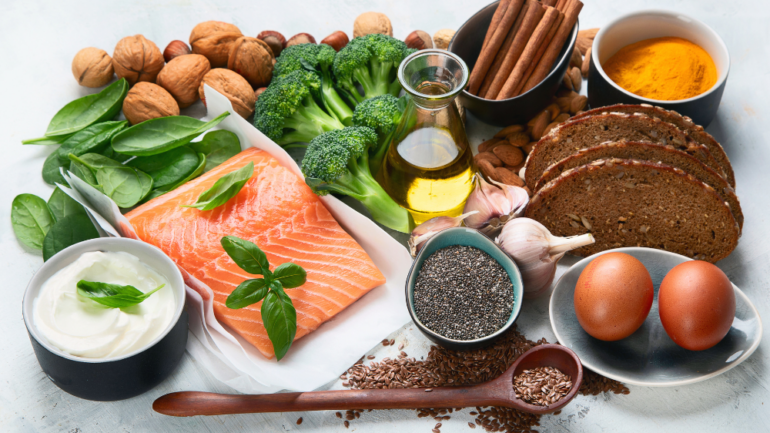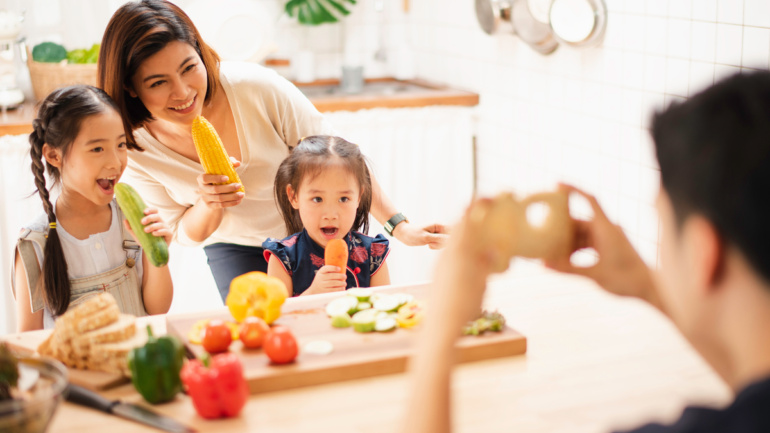Skin cancer can be prevented in most cases. Here are guidelines that we all should practice to best keep ourselves and our family skin cancer-free.
| Use Sunscreen Properly | Other Things to Keep in Mind |
|---|---|
| Choose Wisely: Select a water-resistant, broad-spectrum sunscreen with a Sun Protection Factor (SPF) of at least 15, preferably 30 or higher. Sunscreen products will tell you that if used as directed they protect not only against sunburn, but can reduce the risk of skin cancer and early aging. By contrast, any sunscreen not labeled as “Broad Spectrum” or that has an SPF value between 2 and 14, has only been shown to help prevent sunburn. | PARENTS BEWARE: Blistering sunburns in early childhood may greatly increase the risk of melanoma later in life. Protect your infants and children and find shaded areas for playing, dress them in protective clothing, and apply a sunscreen product suitable for children. |
| Apply Generously: Apply 1 ounce to cover your entire body (a golf-ball size or enough to fill the palm of your hand.) During a long day at the beach, one person should use around one half to one quarter of an 8 oz. bottle. | Over-the-counter or prescription drugs: May increase sun sensitivity. Consult with your doctor or pharmacist. Cosmetics that contain retinoids (vitamin A derivatives) or alpha hydroxy acids (AHAs) also may increase sun sensitivity and susceptibility to sunburn. |
| Re-apply Frequently: Every two hours, even on cloudy days, and after swimming, sweating, toweling, or showering. If you are in the water for longer than 40 minutes, reapply, since even water-resistant sunscreen loses its effectiveness. | Get vitamin D safely: Through a healthy diet and food/beverages fortified with vitamin D and possible vitamin D supplements, not from unprotected exposure to UV rays. |
| Empty Your Bottle Quickly: Note the expiration date of the sunscreen bottle. After 3 years, the original strength may have decreased. A handy tip: Write the date you purchase the sunscreen on the bottle so you’ll know when to throw it out. If you have leftover sunscreen at the end of the summer, most likely you aren’t using enough! | |
| Seek the Shade: Especially between 10 am and 4 pm, when the sun’s rays are the strongest. HINT: if your shadow is shorter than you are, it is time to seek shade. | |
| Wear Protective Clothing: The tighter the weave, the more protection – if you can see light through clothing while holding it up to light, then there is not much protection. Wear sunglasses and be sure they are UV-blocking. | |
| Protect Your Lips: Always wear lip balm or lipstick with a minimum SPF of 15 or higher. Take special care to protect the lower lip, which receives the most direct sunlight. | |
| Use Extra Caution Near Water, Snow, and Sand: As they reflect around 80% of solar UV radiation – nearly doubling your exposure. | |
| Avoid Tanning Lamps and Beds: Use sunless self-tanning products as a safer alternative. REMEMBER, sunscreen should still be used even if you do use these self-tanning products. |



